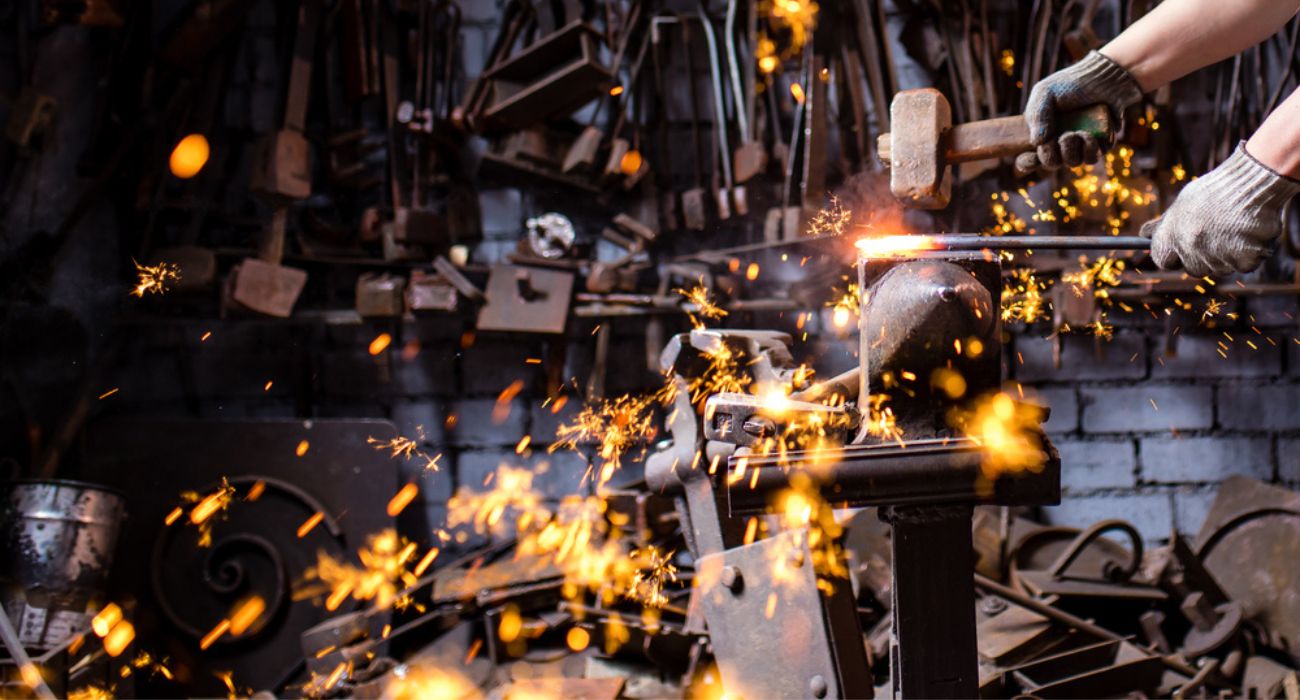A great change took place during the late 1700s and mid 1800s in Great Britain, the United States, and in Europe. Prior to this time, many things were made ‘by hand’. The industrial revolution changed the way the world made things. “Manufacturing” is the combination of the two Latin words manu, meaning “hand”, and factura, meaning “making”. While England may have started the industrial revolution, the United States started its own Industrial Revolution in the late 1800s and it continued, arguably, until the mid-1970s, when, unfortunately, significant amounts of manufacturing moved overseas.
China had opened up and was open to industrialize, which has continued until the current day. As with the original Industrial Revolution, in each instance of a country shifting to an industrial-based economy, the labor force started by getting into the lowest technology manufacturing, e.g., clothing or upholstery. While many people criticize the conditions of such clothing plants or “sweatshops”, they are typically a first step in industrializing a country. This step brings the labor force out from perhaps a totally agriculturally based society and into an industrialized society. While initially the conditions may be lacking by more advanced society’s standards, they likely and often improve, as the labor force become more experienced. This step allows additional high-level manufacturing to engage the advanced labor force that understands important concepts like quality control and cycle time.
Several weeks ago, I attend a roundtable discussion with a new organization called the Texas Manufacturing Group (TMG). This group was founded by Kristan Noel, VP of Lockton Dunning Benefits. TMG is working to create a group of manufacturers in the Texas Region that can come together, collaborate, discuss challenges, and help each other solve common goals. Texas Manufacturing Group was intriguing to me, as a significant portion of my career, thus far, has been working for companies like Formosa Plastics Group, Bridgestone Firestone, Valspar, General Chemical, and Keurig Dr Pepper, all of whom perform manufacturing on a national level.
Ms. Noel had arranged for BNSF to be the main discussion leader for the morning. It was fascinating to hear firsthand what this leader in the Rail Industry had experience with intermodal transportation over the past 2 years. While logistics was the initial topic, the conversation quickly shifted to manpower. It was immediately clear that all the manufacturers in the room were struggling to get workers. They could not find enough people. There is a significant demand for operators, electricians, mechanics, drivers, and other forms of well-paid skilled labor. In listening to their complaints, I was reminded of the multiple conversations I have had with Lubbock Smith, the Director of Community Development & Vista Outreach for Vista Bank, regarding efforts in creating more job opportunities for South Dallas. How can we help connect these dots?
As the Chief Executive Officer for the Metroplex Civic & Business Association, it is my mission to help create an atmosphere and attitude across DFW where companies and people want to be and can be successful. Our goal is to nurture a foundation in the Metroplex that is so fertile, that whether you are just getting out of prison, or you work for or run a Fortune 50 company, you think to yourself: “I want to be in Dallas/Fort Worth because that is the place where I have the most opportunity to succeed.”
In recent conversations with Von Minor, the VP of Development and Strategic Initiatives for Bridge Builders, there is quite a large number of individuals looking for higher-paying careers than what South Dallas now has to offer. WE need to connect the dots.
When listening to each group share their needs separately, it’s easy to empathize with the struggles they are facing. Manufacturers can’t find employees and South Dallas residents can’t find gainful employment.
As I reflected on this more, there are huge opportunities here. Global supply chains ground to a halt in 2020, and have struggled to fully recover since the pandemic, due to global unrest, rising inflation, and other factors. Because of this, US Manufacturing [is] “Reshoring” Faster Than Ever, according to Paul Lachance from Brightly.
As more manufacturing jobs are being created, or are being relocated to the United States, the opportunity lies in finding areas across the Country and in our communities that could be strategically re-industrialized. By bringing these opportunities and jobs to segments of our Metroplex that need them, it allows these communities to gain experience, accumulate knowledge, and build wealth all through “Building Things”!






